There’s a new exhibit in the Royal BC Museum’s Pocket Gallery, and it’s the perfect springboard for a new generation of BC travellers. Hope Meets Action: Echoes Through the Black Continuum highlights the rich history and ongoing contributions of Black people across British Columbia. From pioneers on Salt Spring Island and prospectors in the gold rush to restaurant owners, teachers and lifeguards in Vancouver’s Hogan’s Alley, travellers who start looking for Black history in BC will find inspirational stories across the province.
READ MORE: New Royal BC Museum pocket gallery exhibition reclaims BC Black history
At an event marking the exhibit’s opening, creators and contributors emphasized the importance of honouring these stories within the museum, an institution reckoning with its own colonial past.
“This exhibition must be the foundation of new stories we tell our children,” said Exhibition Writer Josh Robertson. “Looking with hope, meeting that hope with action, and creating a black space amongst the stone pillar white gates… Against erasure, stories of black prosperity.”
Exhibition Designer Rodney Hazard honoured Indigenous as well as Black history in the shapes and colours of the exhibit.
“I wanted to show the resilience across cultures, but also show that this land was divided differently before it was divided,” he said, noting that all of the fonts in the exhibit were created by Black designers.
Artist Sade Alexis created two illustrations for the exhibit, one featuring Canada’s first Black female MLA Rosemary Brown. Alexis, who grew up in Vancouver, says she’s spent most of her life being the only Black person in the room, and appreciated the opportunity to work on a Black-led project.
When travellers visit the exhibit or explore sites of significance around the province, they may stumble at first, comparing these stories to ones they’ve heard of Dr. Martin Luther King Jr. or Viola Desmond. But Alexis has reflected a lot on whose stories get to be told.
“I think a lot of the times when we talk about Black history we’re always focusing on — is it the best, are they the first — but in reality, even just existing as a black person is extraordinary,” she said. “I think that seeing ourselves on these walls is so validating and inspiring. It’s telling people ‘We been here, we are here, and we will continue to be here.’”
6 places to connect with Black history in BC
- Kitimat: Climb Mount Clore or have a picnic next to the Clore River and you’ll be walking in the steps of Arthur Clore, who prospected in the north from Alaska to Telkwa.
- Prince George: When flooding stopped Jamaican prospector John Robert Giscome from reaching the Peace River, local Indigenous traders told him of an alternate route. Giscome made it to his goal — and the gold — and you can still walk the Giscome Portage today.
- Barkerville: A dentist, a barber and historian, and a poet who ran a laundry business — all members of the Black community in the gold rush town of Barkerville. Look for the sign for “Painless Tooth Extraction” on the main street — that’s the former office of Dr. William Allen Jones.
- Vancouver: Hogan’s Alley was home to much of Vancouver’s Black community until mid-twentieth century urban renewal demolished many of its buildings. Nora Hendrix, grandmother of Jimi Hendrix, cooked at the popular Vie’s Chicken restaurant and co-founded the city’s first Black church. Joe Fortes saved dozens of Vancouverites from drowning before the city gave him a job as lifeguard, where he taught hundreds of children how to swim. Learn more about his legacy when you visit the Joe Fortes Fountain in Alexandra Park at English Bay.
- Salt Spring Island: Black pioneers were among the first non-Indigenous people to settle on Salt Spring Island in the 1850s. Among them was Sylvia Stark, who was born into slavery and created a safe space for a growing family in BC. Her daughter Emma was Vancouver Island’s first Black teacher. Visit Salt Spring Island today and you can still connect to Sylvia and her descendants by taking a walk down Stark’s Road.
- Victoria: At the invitation of Governor Douglas, over 700 Black settlers travelled from San Francisco to settle on Vancouver Island. You can find many of their gravestones at Ross Bay Cemetery and Shady Creek United Church, a congregation founded by Black pioneers. Stand at the corner of Fort and Cook Streets and imagine Old Teenie, a Black pioneer and contemporary of Emily Carr, who lived on that corner in a house she’d cobbled together out of scrap wood and tin. Walk the Fort Victoria Brick Project and look for names of other early Black settlers like Samuel Ringo, who ran the popular Ringo’s Restaurant on Yates Street, and of course, check out the Royal BC Museum Pocket Gallery Hope Meets Action exhibit until Mar. 1, 2022.
Plan your adventures throughout the West Coast at westcoasttraveller.com and follow us on Facebook and Instagram @thewestcoasttraveller. And for the top West Coast Travel stories of the week delivered right to your inbox, sign up for our weekly Armchair Traveller newsletter!

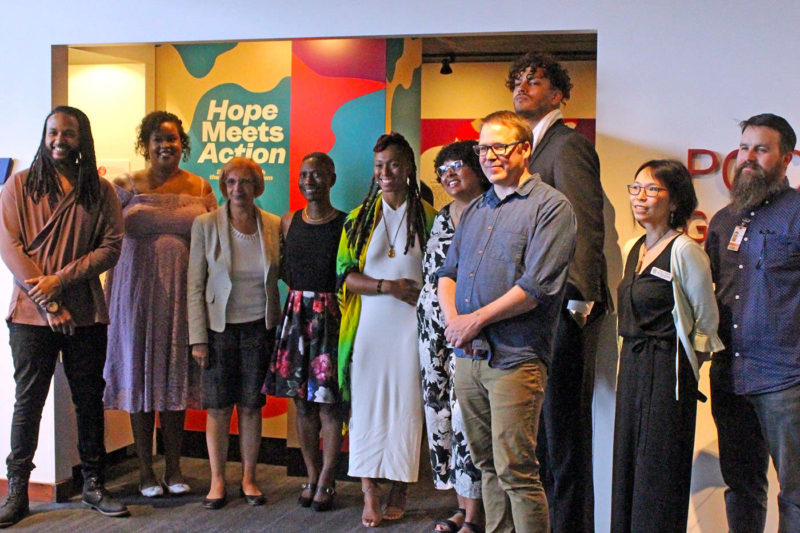
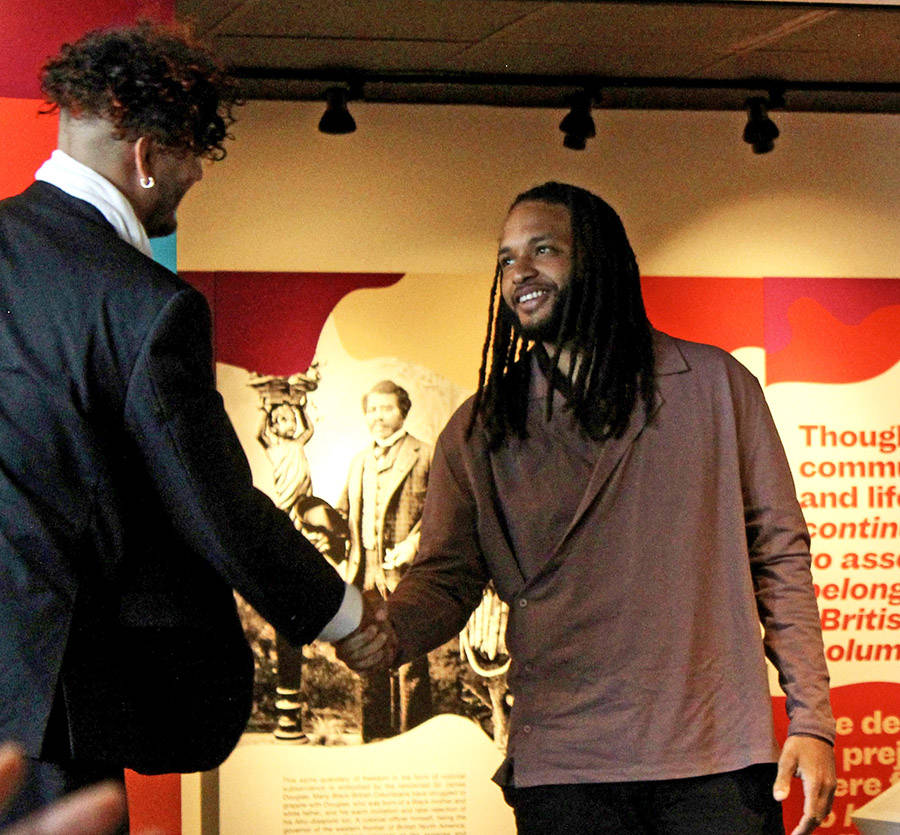
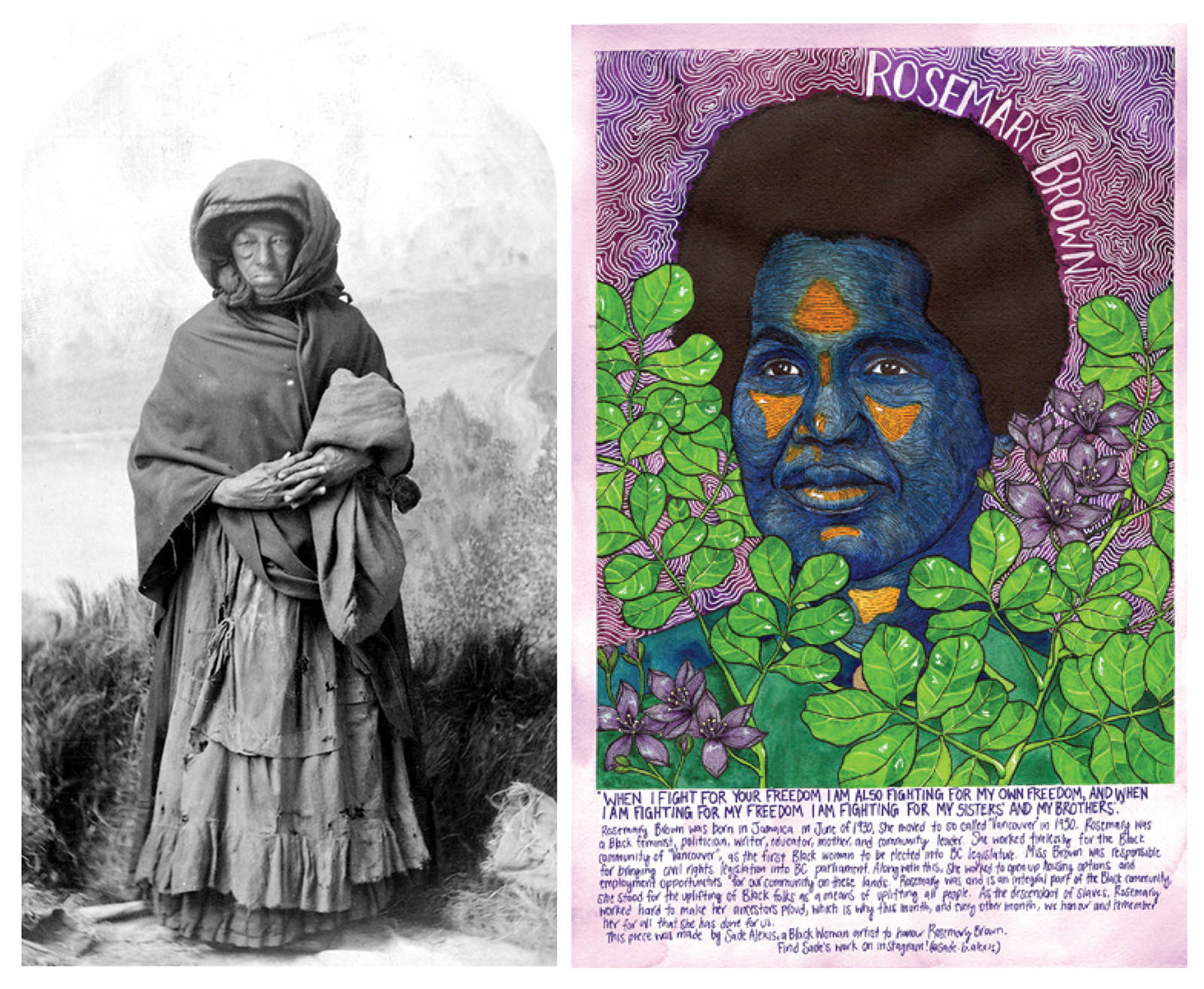
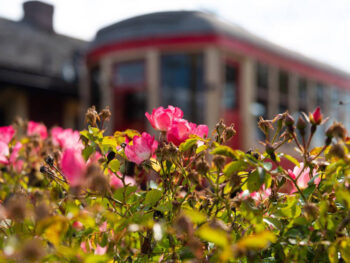
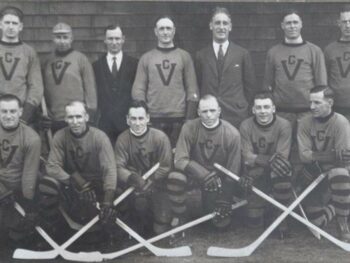
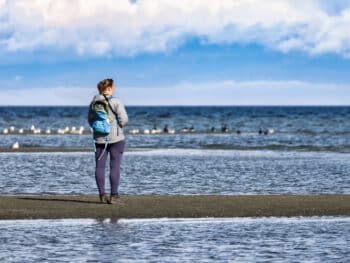
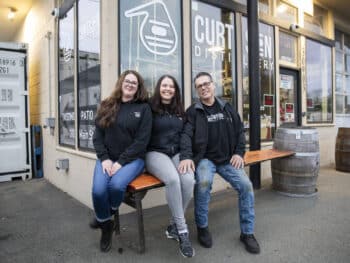
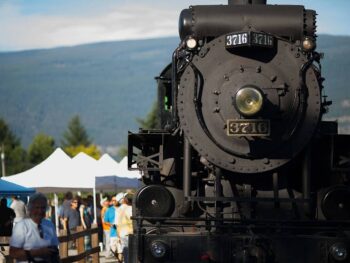


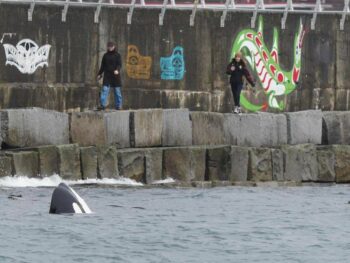
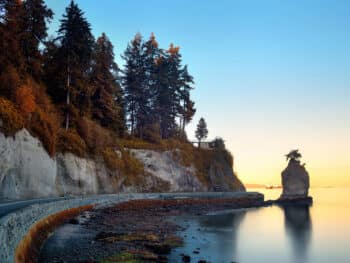
 Local golf courses let you play a round in the great outdoors
Local golf courses let you play a round in the great outdoors